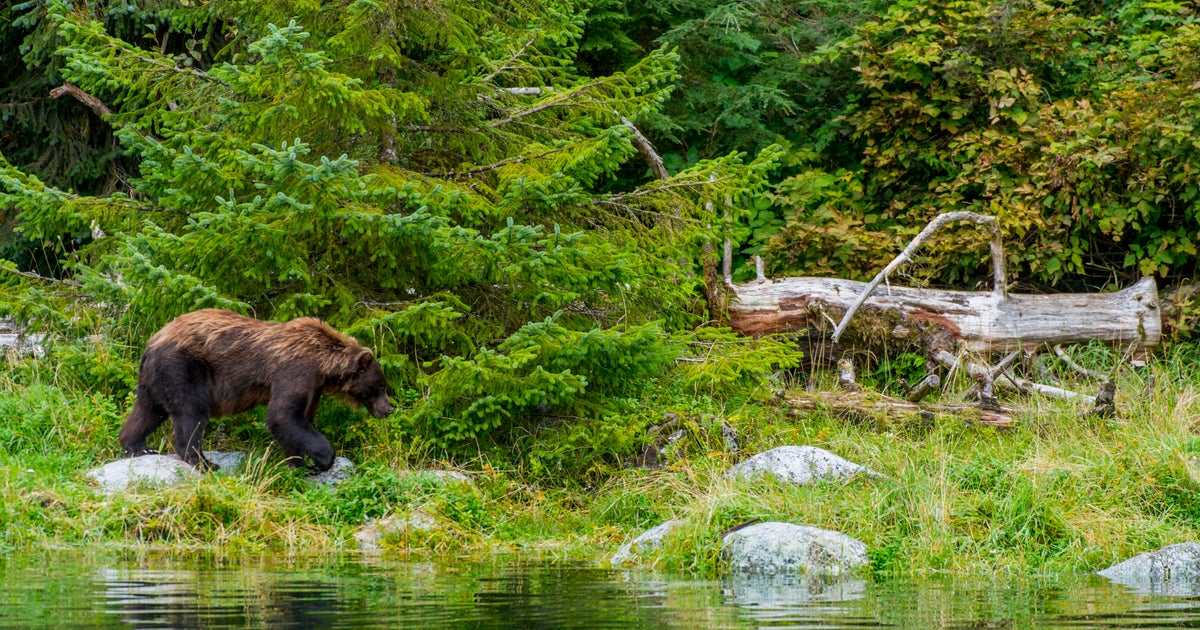At first glance, it looks like nothing more than a peaceful snowy scene — serene, still and blanketed in white. But hidden somewhere in this frozen landscape is a polar bear, and spotting it is far trickier than you might think. Ready to put your eyes — and brain — to the test?
The rise of optical illusions online
There’s something oddly satisfying about optical illusions. They play with our perception, trick our brains, and often leave us scratching our heads. In recent years, they’ve become a staple of social media, with people challenging each other to “see what others can’t” — and maybe prove who’s got the sharpest eyes.
Whether it’s a hidden figure in a drawing or a cleverly camouflaged animal in a photograph, these puzzles offer more than just a moment of fun. They tap into the way our brains process images, showing just how easily our minds can be fooled.
Why we can’t stop looking
Beyond the entertainment factor, there’s real brainwork happening here. Studies suggest that visual challenges like these can help improve concentration and observation skills. It’s a little like training your brain to notice the small stuff — details that others might miss.
Plus, let’s be honest: who doesn’t enjoy the chance to prove a friend wrong with a casual “What do you mean you can’t see it? It’s right there!”
Your challenge: find the polar bear in 15 seconds
This one’s not for the faint of eye. The image in question shows a wintry Arctic scene — white snow, pale rocks, and the faint outline of distant mountains. Somewhere in this icy stillness, a polar bear is hiding in plain sight.
Here’s the twist: polar bears are white, and so is the snow. Which means your usual visual shortcuts (like looking for contrast or colour) won’t help you much. You’ve got to rely on shape, texture, and the tiniest variations in shading.
Set a timer for 15 seconds. Can you spot it?
A test of observation, not intelligence
While it’s tempting to think that solving these illusions says something about your IQ, psychologists caution against making that leap. True intelligence is far more complex and can’t be summed up by spotting a camouflaged bear.
What these tests do reveal is how attuned you are to detail — and how well your brain processes unexpected visual cues. Some people are naturally better at this sort of thing. Others just need practice.
Time’s up — did you find it?
If you’re still staring blankly at a sea of snow, don’t worry — you’re not alone. Many people miss it on the first (or even second) try.
The answer? Look to the left side of the image, just past a large rock. There’s a faint outline of the bear moving away, its shape almost blending perfectly with the snowy background. If you spotted it, congratulations — you’ve got a keen eye and a good dose of patience.

Final thoughts: a bit of fun with real benefits
These illusions might seem like just a light-hearted way to kill a few minutes, but they serve a purpose. They remind us to slow down, focus, and really look — skills that are increasingly rare in our fast-scrolling world.
So next time one pops up in your feed, don’t scroll past. Stop, engage, and test your powers of perception. You might just discover you’re more observant than you thought — or at the very least, have fun trying.
You might also like:

David Miller is an entertainment expert with a passion for film, music, and series. With eight years in cultural criticism, he takes you behind the scenes of productions and studios. His energetic style guides you to the next big releases and trending sensations.
Source link


